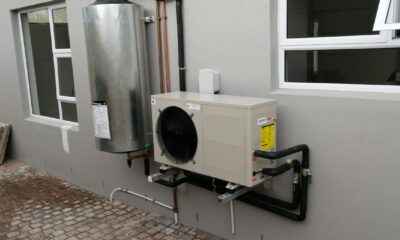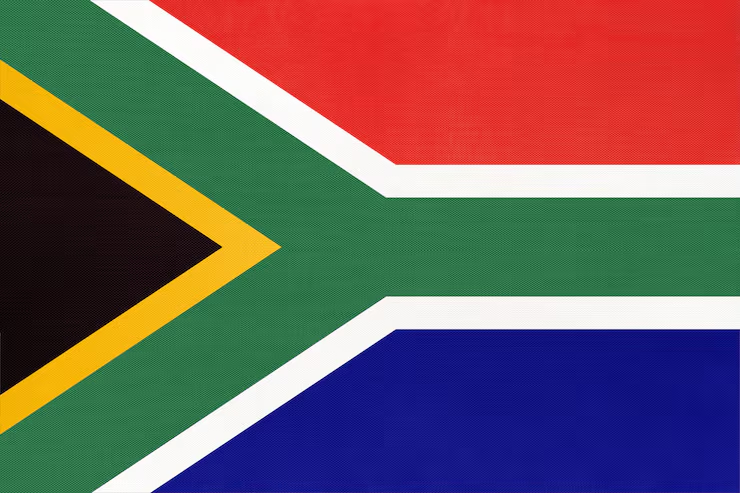News
The Great Eskom Tariff Farce: Why SA’s Electricity Pricing is Broken Beyond Repair

The Great Eskom Tariff Farce: Why SA’s Electricity Pricing is Broken Beyond Repair
The recent out-of-court settlement between the National Energy Regulator of South Africa (Nersa) and Eskom wasn’t just a bureaucratic correction. It was a flare gun shot into the night, illuminating a terrifying truth: the entire system we use to pay for electricity is fundamentally broken, and every single South African is paying the price.
The settlement, announced on August 27, 2025, was an admission of errors in determining Eskom’s revenue. The response was swift and scathing. Industry figures called it a “farcical” system that allows Eskom to “charge tomorrow’s customers for yesterday’s costs.” Even the Minister of Electricity has now admitted the entire model needs to change. The only problem? This recognition comes years too late.
The Heart of the Problem: An Outdated Model
The culprit is the Multi-Year Price Determination (MYPD) methodology. Designed by Nersa in the early 2000s, it was built for a different era a time when Eskom was a stable monopoly with no competition. Its simple goal was to regulate tariffs to keep a single, powerful utility in check.
The model is built on two pillars:
-
Revenue: Allowing Eskom to recover revenue to cover its “prudently managed” costs.
-
A Regulated Asset Base: Granting it a return on the value of its power stations and infrastructure.
For the past decade, both pillars have been crumbling. The word “prudent” has become a sick joke in the shadow of the corruption and mismanagement detailed by former CEO André de Ruyter. The nightmarish cost overruns at Medupi, Kusile, and Ingula power stations, coupled with the opaque finances of maintaining Koeberg, have shattered any confidence in how Eskom manages money.
This raises a disturbing question: if we can’t trust the cost base, how can we possibly trust the valuation of the assets themselves? The higher that number is inflated, the more revenue Eskom is entitled to and the higher our bills go.
The Vicious Cycle: Less Power, Higher Bills
Here’s where the model spirals into pure madness. Eskom’s revenue is a simple equation: Tariff (R/MWh) multiplied by Sales Volume (MWh).
But South Africa’s electricity consumption has been in a steady freefall since 2008. The initial driver was load shedding, which strangled economic growth. Then, as power became less reliable, a survival instinct kicked in. Homes, factories, and offices began investing in solar panels and batteries to escape the grid.
This created a death spiral for Eskom: as more people generate their own power, Eskom sells less electricity. To make up for the lost revenue, it must apply for even higher tariffs. Higher tariffs make alternative energy even more attractive, pushing more people off the grid and further reducing Eskom’s sales. The cycle repeats, punishing those who can least afford to leave the grid.
This is compounded by “non-technical losses” a sterile term for the rampant electricity theft, illegal connections, and municipal non-payment that further drain Eskom’s revenue.
A Mathematical Certainty: The System Cannot Hold
The result is a mathematical certainty. The outputs of the MYPD are now completely distorted. Nersa can try to “massage” the numbers to produce a politically palatable tariff increase, but it can’t change the underlying arithmetic. The model is designed for a reality that no longer exists.
The recent settlement isn’t the cause of the crisis; it’s merely a symptom. The entire philosophy of funding a crumbling, inefficient monopoly through a death spiral of ever-higher tariffs has reached its logical, disastrous conclusion. The minister’s promise of reform is welcome, but for millions of South Africans facing yet another unaffordable increase, it feels like a promise that should have been made a decade ago. The time for tinkering is over. The system doesn’t need fixing; it needs a complete overhaul.
{Source: IOL}
Follow Joburg ETC on Facebook, Twitter , TikTok and Instagram
For more News in Johannesburg, visit joburgetc.com

























